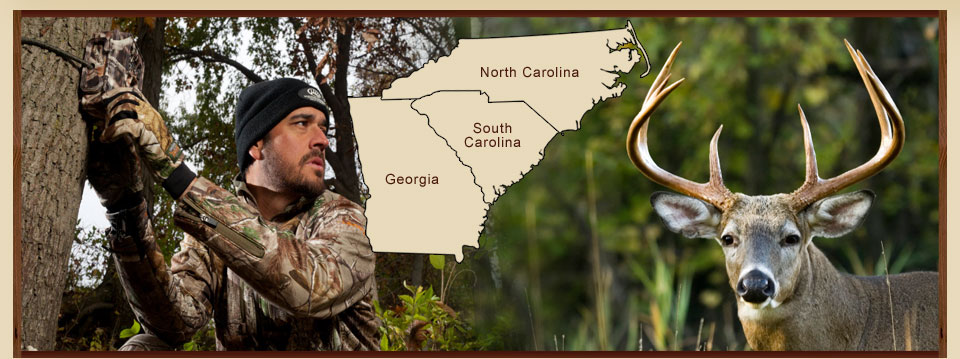Holding Big Bucks on Your Hunting Land
If you own your own hunting land in South Carolina, you know there is a lot more to hunting than just shooting deer. Creating a quality habitat and following quality deer management rules is just as important as placing an accurate shot. There are several important factors to take into consideration if you are trying to hold older, bigger bucks on your hunting property.
First, it’s important to keep hunting pressure to a minimum on your land. When you own a hunting tract, particularly one smaller in size, you need to be a little selfish about allowing others to hunt on your land. Instill rules like “Let ‘em go, let ‘em grow,” or even better, “You shoot it, you mount it.”
Second, create a sanctuary where big, mature bucks will feel safe on your hunting land. They will feel safest if there is thick cover and you stay out of that area as much as possible. Human scent in their sanctuary Mature bucks spend such a short amount of time moving around during the day that it’s important to give them a secure area to bed. Make sure the sanctuary is large enough that there are multiple areas for the buck to bed and escape. Cedars mixed with terrain create preferred sanctuaries in a short period of time.
Third, make sure you have plenty of food plots for the size of your property and be sure one is large enough in size to attract and support the local doe herd. Small plots are fine as long as they lead into a larger plot, which can sustain heavier use. Also, be sure to use several different agricultural crops in your food plots. There are many options: clover, corn, soy beans, millet, sorghum, wheat, oats, rye, turnips, rape, snow peas, sunflowers, etc. Planting small plots near escape cover or standing corn will provide older bucks a degree of safety. Nearby high standing cover along-side your food plots will bring out more bucks in the daylight hours. It is important to provide good year-round nutrition if you want to grow bucks to their potential. Early spring nutrition is vital to growing big deer. Plan your food plots accordingly.
Finally, be careful of human scent. Keep trails to a minimum and don’t overuse them. A trail around the perimeter of the property is probably your best bet, but should still not be used too often. Mature bucks won’t stick around with too much activity on the property or if they are pressured. Human scent in their preferred sanctuary may move them off of your land.
The most important part of holding mature bucks on your hunting land is simply making your property more desirable to deer than other land in the area. Provide what surrounding properties don’t; whether it be sanctuaries, food plots, fruit trees, security cover, etc. If your primary focus is on quality deer management, you will be much more likely to attract, hold and harvest larger, more mature bucks.




